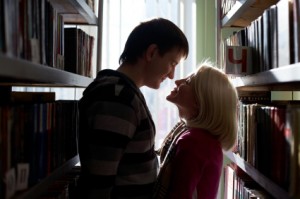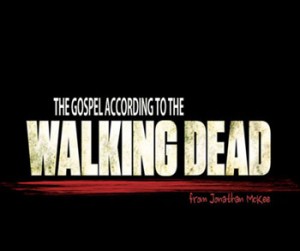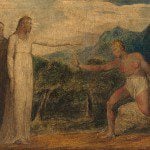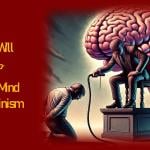In the space of a few weeks, there have been two mass killings in our country. When something like this happens — and it does so with increasing frequency — many wonder how to explain something to their children that they don’t understand themselves.
Sometimes it’s easier not to talk about it at all.
I was eight years old when John F. Kennedy was assassinated.
I remember my third grade teacher announcing that the president had been shot, although I can’t recall her exact words. I do remember seeing some of the girls in my class crying.
The grade school I attended was a large, rectangular two-story building with classrooms lining the perimeter and opening onto a large common area. Someone had set up a black and white television set in the common area. When I left the school that day the TV was on and a newsman was talking.
When I got home I tried to show some young male bravado to my mother. “The girls cried, but I didn’t.”
She answered me kindly. “Maybe you were crying on the inside.”
I felt embarrassed by her gentle remonstrance, so I agreed. Yes, I had been crying on the inside. The truth was I didn’t understand anything that was happening.
My mother and I had to go into town that afternoon for my weekly allergy shot. Afterward, when we walked down Main Street to catch the bus back home, we ran into my teacher. She and my mother talked for a while. I stood by, woolgathering, not paying attention to the conversation. They were talking about grown-up things. Nevertheless, I do remember hearing my teacher say something like, “I didn’t like the man, but I wouldn’t have wanted someone to shoot him.”
On Saturday, everybody was watching TV. I went outside and walked around. Our neighborhood was ghostly quiet. No cars. No people.
I was bored.
I wanted everything to get back to normal.
You would think that I was totally oblivious to what happened on November 22, 1963. But I wasn’t. My young mind simply couldn’t process what was going on.
Some months later my parents bought a book titled Four Days. It was mostly photographs, chronicling the events surrounding the Kennedy assassination. In the succeeding years I looked through that book more times than I can count. I virtually memorized every detail. And I pondered those pictures and their meaning often.
For me the enormity of that day’s events didn’t hit home for five more years, when Robert Kennedy and Martin Luther King were gunned down. The world changed for me that year. I became aware of Vietnam and the casualty reports that had now become routine parts of the evening news. The carefree innocence of childhood dissipated and I became aware that this world in which we live can be a frightfully dark and painful place.
On September 11, 2001, nearly thirty-eight years after John F. Kennedy was assassinated, my family and I were at a motel in Jackson, Mississippi. I was in my second year as a full-time freelance writer and we were going to Atlanta to meet with some people who had hired me to write curriculum for them.
My son was twelve years old and my daughter was eight.
We had planned to spend a day sightseeing in Jackson, so we didn’t get up early. When we finally did get moving, the kids turned the TV on to a cartoon show. We had no idea what was happening.
I learned about the tragedy when I went down to the motel’s breakfast room to grab some coffee. I knew something was up the instant I walked into the room. People were standing around as if they’d been frozen in place. Every eye was transfixed on a small television mounted high up in a far corner.
“What’s going on?” I asked one man.
“Haven’t you heard?” he said. “We’re under attack.”
I stood there, not sure I’d heard him correctly. And then I watched, horrified, as the tragedy at the twin towers unfolded. When I went back to the room, I told my wife what was happening.
The children were still watching cartoons.
Their world was about to be transformed. But for as long as possible I wanted to shield them from the harsh reality of life.
I decided not to change the channel.
(To be continued . . .)











